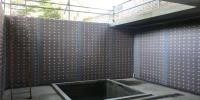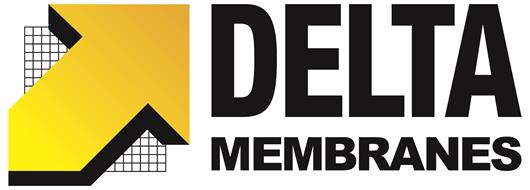 Add My Company
Add My Company
Sign In
Waterproofing Design – a robust solution
02-12-2020

Waterproofing Design – a robust solution
Meeting Standard expectations
The British Standard regarding structural waterproofing is BS8102:2009, this standard encourages the use of a Waterproofing Design Specialist to a design team. NHBC Chapter 5.4 mirrors these guidelines. In cases of litigation or disputes both BS8102:2009 and NHBC Chapter 5.4 will be used as a benchmark.
Both standards place great emphasis on creating a robustly waterproofed environment in both domestic and commercial structures. The advantages are clear in terms of protecting the integrity of a structure.
There are three categories of waterproofing systems available:
Type A (Barrier) Protection
Type A waterproofing relies on applying a waterproofing material to the internal or external walls and floor slab of a below ground structure. The structure itself is not considered to be integrally waterproof. The Type A protection needs to be 100% defect-free to offer perfect protection.
Type B (Structurally Integral) Protection
Type B waterproofing requires the structure to be built/constructed as ‘integrally water-resistant’. That the protection from water ingress is the structure itself. Like Type A waterproofing systems, the watertightness of Type B construction is heavily reliant on perfect installation to be entirely effective.
Type C (Drained) Protection
Type C waterproofing is known in the industry as a fool proof system. Unlike Types A and B, Type C systems do not inhibit water pressure/water ingress but controls water ingress in a strategic fashion.
Grades of Habitable environment
Table 2 of BS8102:2009 defines waterproofing requirements to achieve desired internal environments. These three Grades are defined as:
Grade 1 – Where some seepage and damp areas are tolerable – such as car parks, non-electrical plant rooms or workshops.
Grade 2 – Where no water penetration is acceptable but damp areas are tolerable – such as plant rooms or workshops which require a drier environment than Grade 1.
Grade 3 – No water penetration is acceptable – such as living spaces, commercial areas, offices, restaurants and kitchens.
It is important the environmental Grade is defined as early as possible, to ensure expectations are achieved from the outset.
In achieving a Grade 3 habitable space – a combination of two types of waterproofing (A & C, B & C) is usually adequate. In most cases the safest combination will always include a Type C system, whilst the choice of the other system is largely dictated by the type of structure/project requirements.
Another important consideration is whether the basement area will extend beyond the ground floor footprint, such as a buried deck or roof area. This will also require a waterproofing solution. In most cases, a combination of a waterproofing system along with a protective drainage layer will be required.
The steps to a good design solution
A good CSSW (or equally qualified) waterproofing designer will consider a bespoke approach, based on the project criteria.
In choosing the right approach, the design solution should be a process which includes multiple factors such as: customer requirements, standards, robustness, cost, resources, time, skill required, safety, desktop studies, analysis of geotechnical reports/tests and expectations of ground water all translated into a design solution.
Delta’s technical drawings are available in all formats and free of charge!! Just click on this link!
Need something we have not yet produced? Our trusted technical team can design systems and drawings for your specific projects – contact us on 01992 523 523 or email info@deltamembranes.com.
For more information on Waterproofing Design – a robust solution talk to Delta Membrane Systems Ltd - Basement waterproofing
Enquire Now
List your company on FindTheNeedle.

